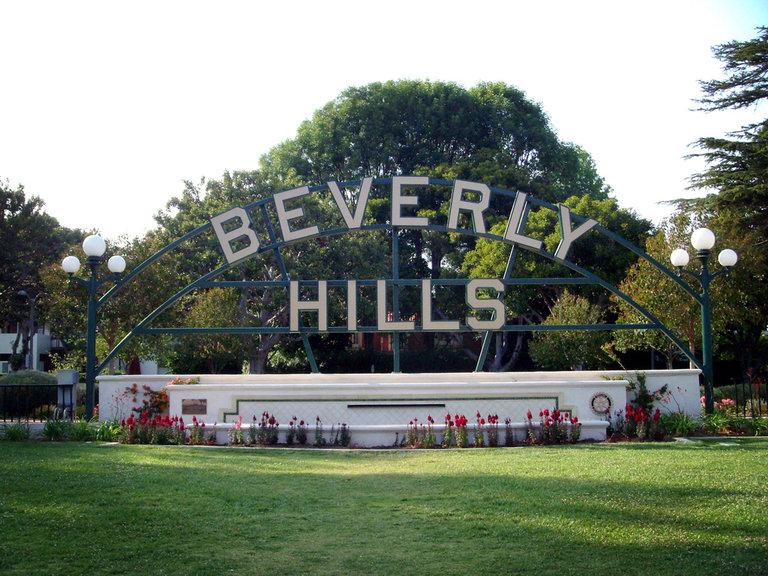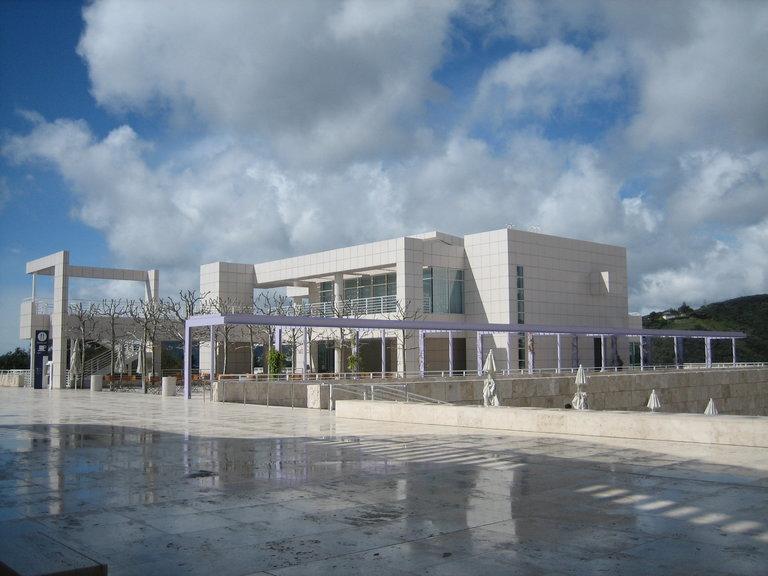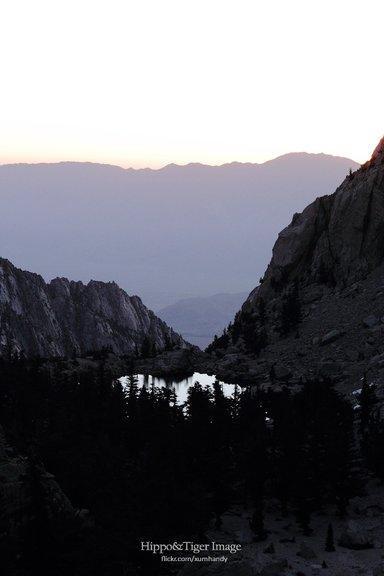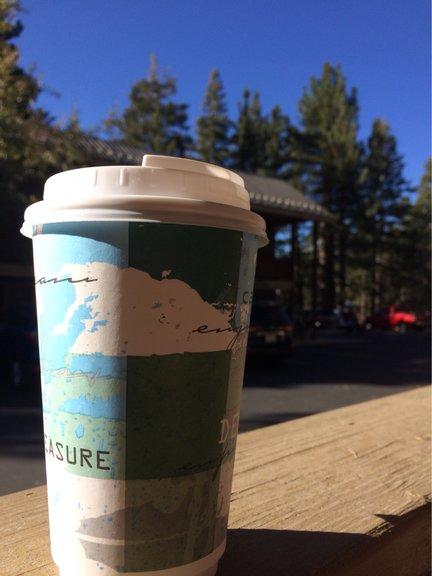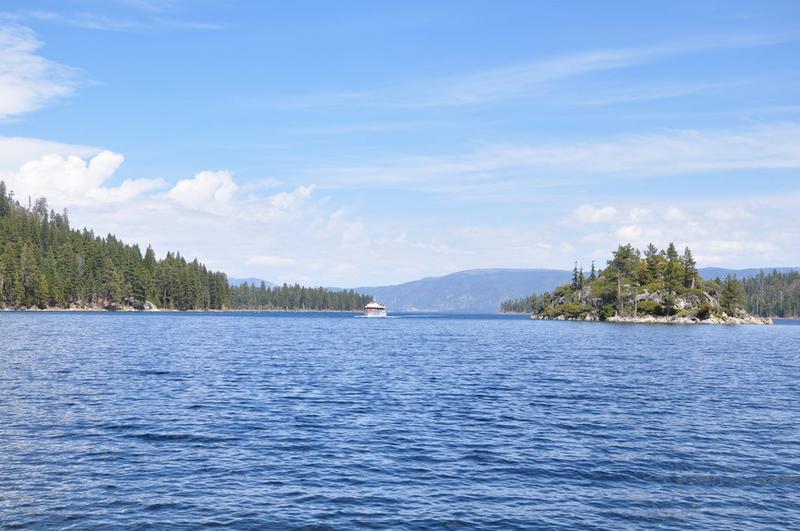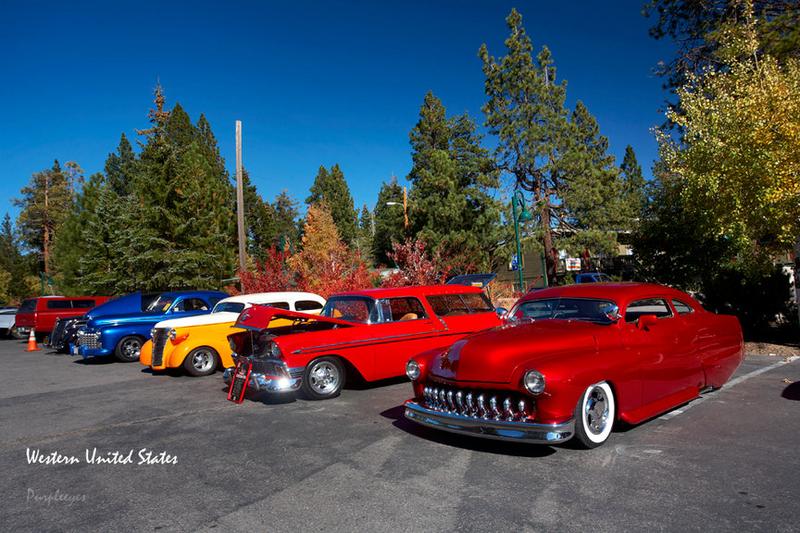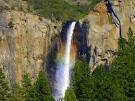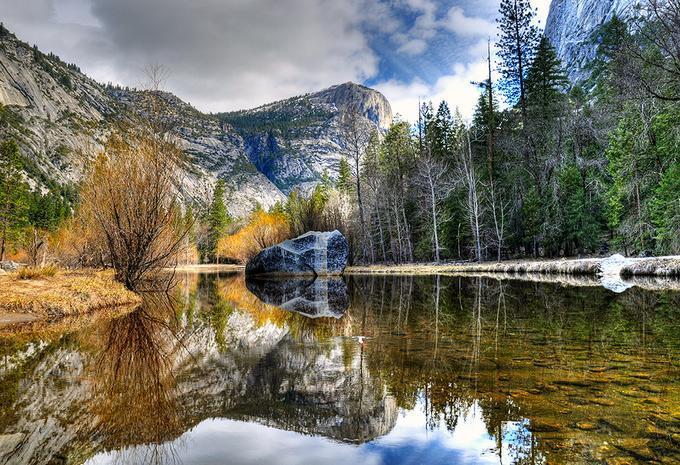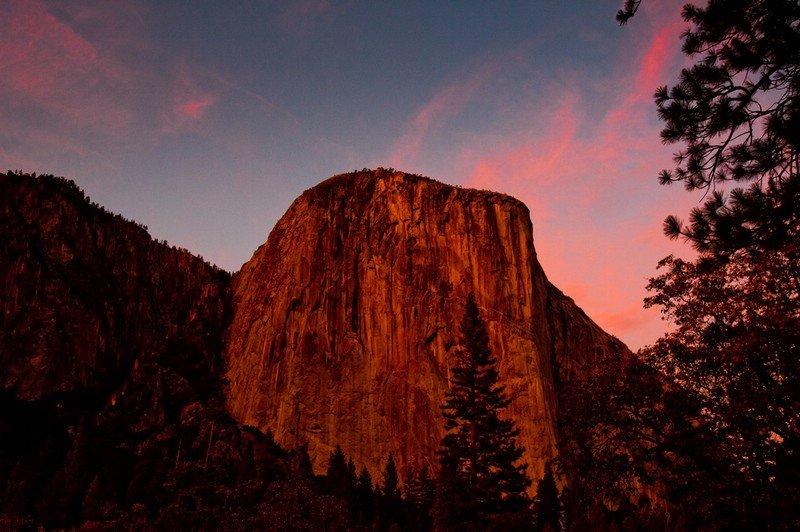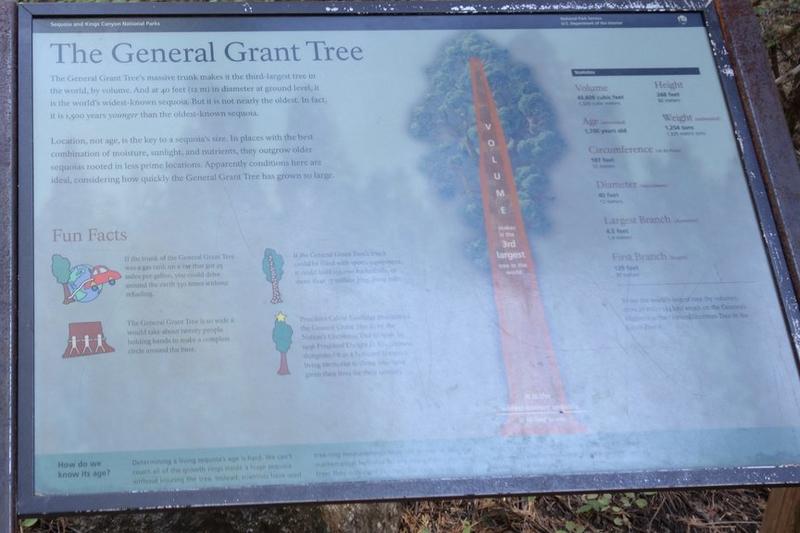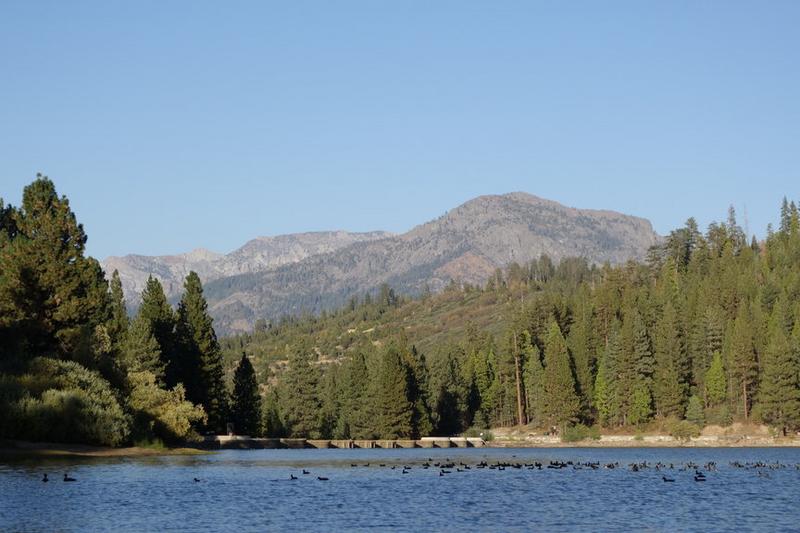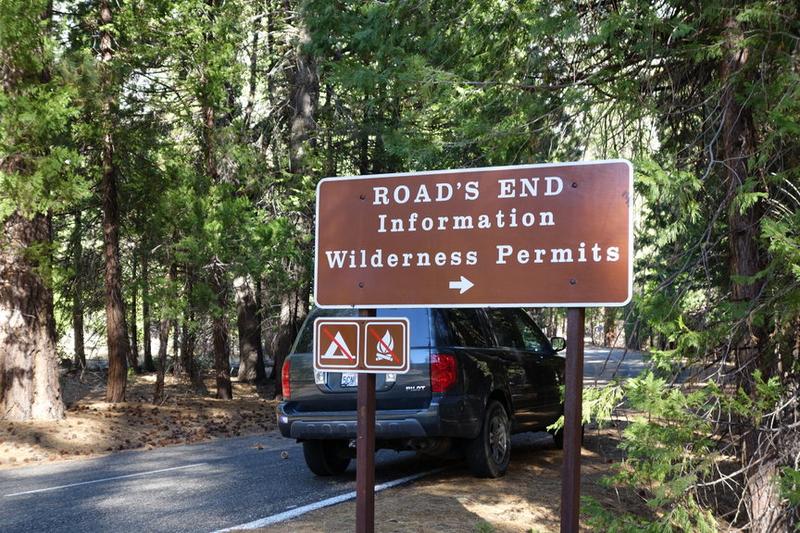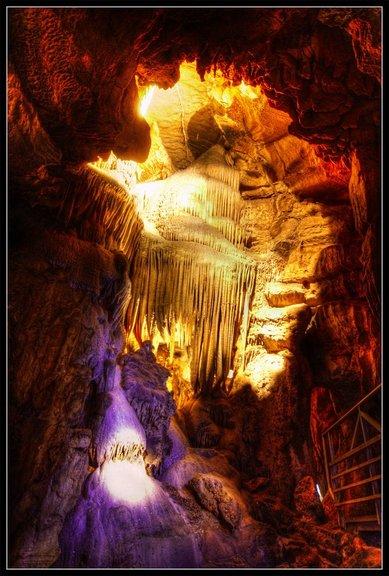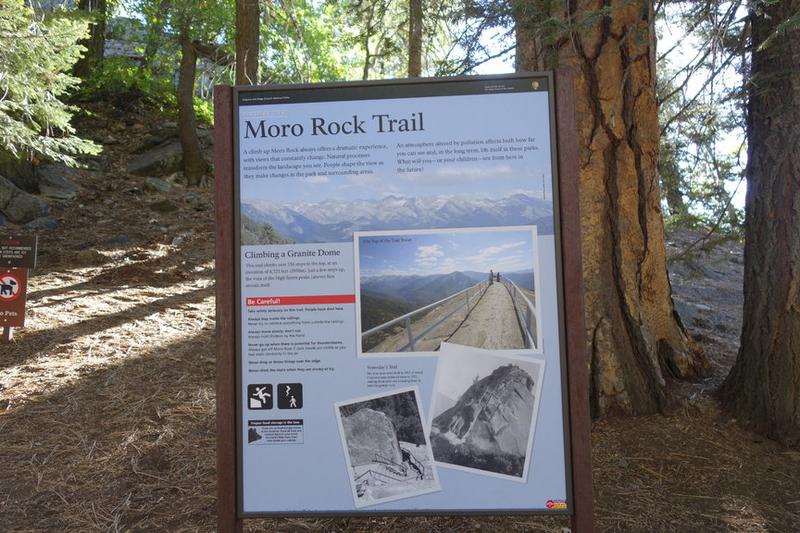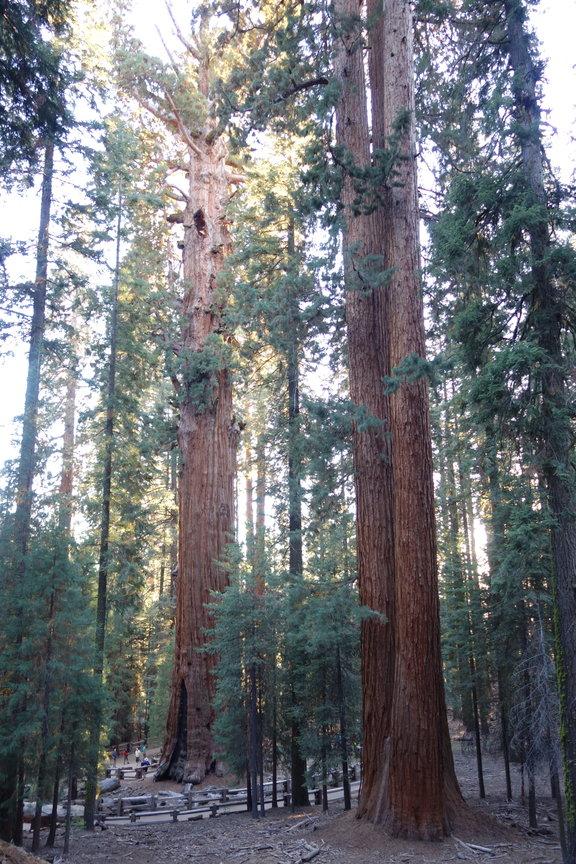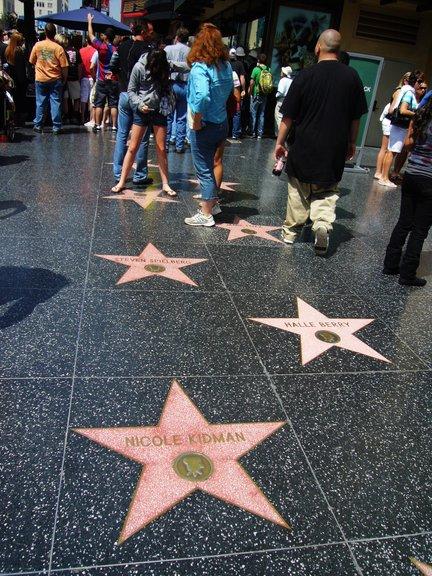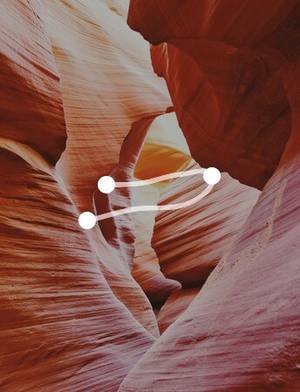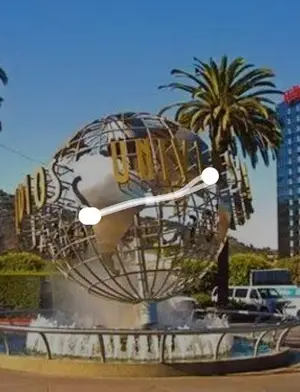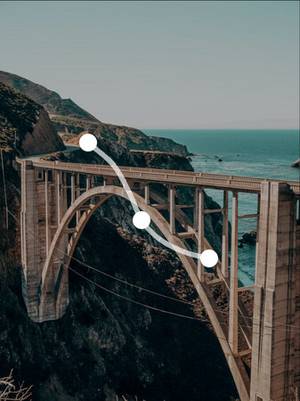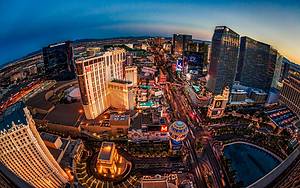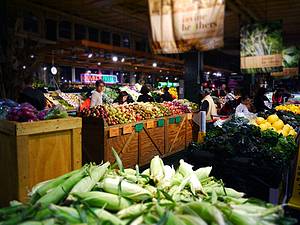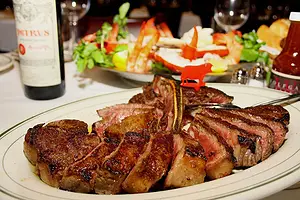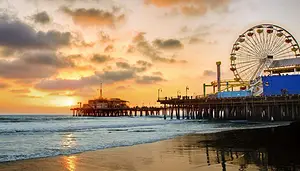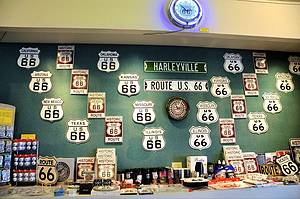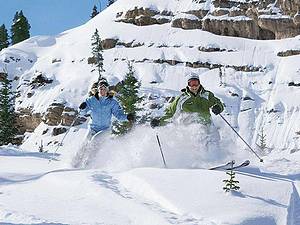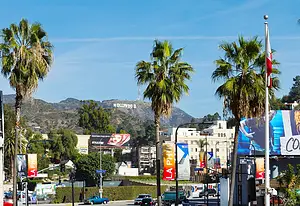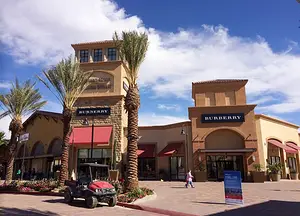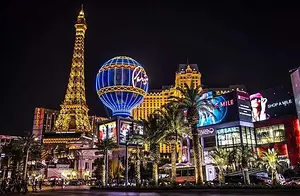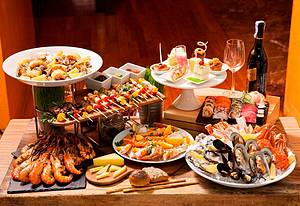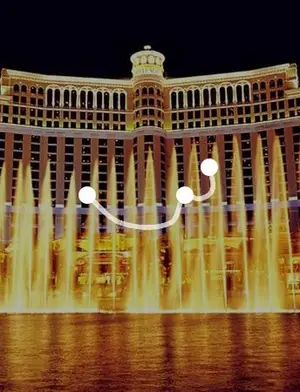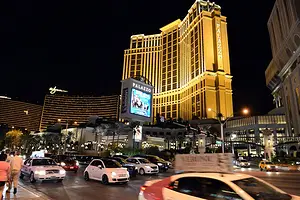7-day High Mountain Adventure Trip in California National Park
6 cities |
24 attraction(s) |
total distance 471
km
 TIPS
TIPS
Day1
Day2
Day3
Day4
Day5
Day6
Day7
Day1: Los Angeles
3 attraction(s) ·
28 km
1
Rodeo Drive, known as the "World's Most Prestigious Residential Area," is the most famous city within a city in Los Angeles. It attracts countless tourists from around the world who are curious to explore its streets and alleys. Rodeo Drive, surrounded by world-renowned luxury boutiques, is particularly well-known. Hollywood movie stars, NBA basketball stars, world-famous artists, and wealthy tycoons from all over the world have all bought houses and land here. The most explosive news in Beverly Hills this year is that a young Chinese couple purchased a luxury mansion worth $34 million. Beverly Hills is not very large, covering about 6 square miles with a population of 35,000. Therefore, when visiting Beverly Hills, one can slowly admire the beautiful scenery here. Rodeo Drive, focused on luxury shopping, includes the most prestigious stores in Southern California, and each store has its unique architectural style. The motto here is, "Don't ask about the price when buying something; if you ask, it means you can't afford it." Every luxury jewelry and clothing brand can be found here, with the most magnificent displays. Each store is decorated in a grand and luxurious manner, resembling an art gallery. In recent years, the opening of "RodeoDrII" has increased the retail space of this famous shopping street by 60%. Its interior design is dazzling, with hand-carved marble and brass doors, towering arches that highlight the fountain's extraordinary grandeur. It is the world's most expensive shopping mall.
10
km
2
The Getty Center, which offers a panoramic view of Los Angeles, is located in the northwest suburbs of Los Angeles. Covering an area of approximately 750 acres, it includes a highly modern art museum, an art research center, and a beautiful garden. The collection includes original sketches by world-renowned painters such as Van Gogh, Ingres, and Ravillac, as well as authentic works by oil painting masters from France, the Netherlands, Italy, and other countries from the early 14th century to the late 19th century. The Getty Center is famous not only for its rich collection but also for its unique architectural style, which is admired by architects around the world.
18
km
3
Santa Monica State Beach
Santa Monica is one of the most famous beaches in Los Angeles. Its pier features a small amusement park and has been a filming location for several movies and TV shows. You can enjoy water activities here, and if you like shopping, you can walk to Third Street Promenade in Santa Monica.
Day2: Tulare
1 attraction(s) ·
0 km
1
Mount Whitney, with an elevation of 4,418 meters, is the highest peak in the contiguous United States, located in the Sequoia National Park.
Day3: Mammoth Lakes > South Lake Tahoe
3 attraction(s) ·
291 km
1
Mammoth Mountain is a ski resort formed by a series of volcanic eruptions about 57,000 years ago. It is also beautiful to take a cable car up to the top of the mountain and enjoy the scenery even if you don't ski.
261
km
2
Emerald Bay National Park includes Eagle Falls and Vikingsholm. Vikingsholm is a 38-room mansion designed and built by architect Leonard Palme, owned by his aunt Laura Knight. Fannette Island, located in Emerald Bay, is the only island on Lake Tahoe with a preserved tea house. Emerald Bay is one of the most popular attractions on Lake Tahoe, accessible by boat from various ports or by hiking down from the Emerald Bay Vista Point on Highway 89.
30
km
3
Day4: Yosemite National Park
8 attraction(s) ·
74 km
1
Enter the park from the West Gate or South Gate and drive up a winding mountain road to the mountain waist. After passing through the tunnel, park at the scenic parking lot on the side of the valley, where you can enjoy a panoramic view of Yosemite Valley. On the left side of the tunnel viewpoint is El Capitan, in the distance are Half Dome and Cloud Rest peaks, on the right side are Glacier Point and Bridalveil Fall, and at the bottom of the valley is the meandering Merced River.
3
km
2
Yosemite National Park is a gathering place for waterfalls, and Bridalveil Fall is one of the representative waterfalls in Yosemite. Although it is not big, it is very charming. Bridalveil Fall is located at the entrance of Yosemite Valley and is usually the first trail for travelers to warm up before entering the mountains. The cascading waterfall and the mist covering the rocks reminded early explorers of a graceful bridal veil.
10
km
3
Half Dome is one of the iconic landmarks of Yosemite National Park and a popular destination for rock climbers and hikers. It offers a breathtaking view, especially at sunset. One can access Half Dome from Glacier Point and it takes about 12 hours round trip from Mist Trail in Yosemite Valley, which is the closest starting point. There are other routes as well, but they require more than a day of hiking. Half Dome is a symbol of Yosemite and a pilgrimage site for travelers. It stands at an elevation of 2,964 meters, with the sheer granite peak rising 415 meters from the base. On clear days, about half an hour before sunset, the entire rock formation of Half Dome turns into a brilliant red, creating a fleeting and awe-inspiring spectacle that takes your breath away. However, please note that climbing the protruding rocks is prohibited due to closure during snowy winter conditions.
1
km
5
Yosemite Falls (also known as Josémite Falls) is one of the tallest waterfalls in the world and flows all year round. With a total drop of 720 meters, it is the highest waterfall in North America. It consists of three sections: Upper, Middle, and Lower Falls. The breathtaking scene of "a sheer drop of two thousand feet" can be fully enjoyed in areas such as Yosemite Valley and Glacier Point. The water flow is the highest when the snow and ice melt in May, and it typically dries up from August to October, so the magnificent sight cannot be seen during that time. The nearby Bridalveil Falls is also worth visiting.
2
km
6
Yosemite National Park is a famous photography spot. Yosemite Valley is 13 kilometers long and 1.6 kilometers deep. It is surrounded by tall granite peaks - Half Dome and El Capitan - with dense pine forests. Many streams flow into the Merced River, and there are many waterfall groups, such as Upper and Lower Yosemite Falls, the most famous of which is Yosemite Falls. Standing on the valley viewpoint, you can enjoy the panoramic view of the entire valley.
5
km
7
El Capitan is a spectacular gray-black granite rock, rising 900 meters, located between Yosemite Valley and Glacier Point, and is a very striking iconic landmark. The name comes from the Native American language, meaning 'chief of the rock.' For expert climbers, El Capitan is an ultimate challenge, with the current world record for solo rope climbing set at 5 hours and 45 minutes. For visitors, they can access the summit of El Capitan via the Yosemite Falls Trail. El Capitan is one of the symbols of Yosemite and was used as the design for the 2010 United States National Park commemorative coin.
51
km
Day5: Kings Canyon National Park
3 attraction(s) ·
39 km
1
17
km
2
A lake near the western entrance of King's Canyon, with redwood forests along both sides of the lake and flocks of migratory birds in the lake, is a good place to enjoy the sunset.
23
km
3
The magnificent scenery of Kings Canyon can be enjoyed on Highway 180, with multiple lookout points along the way to admire the mountains on both sides of the canyon and the Kings River within.
Day6: Tulare
3 attraction(s) ·
23 km
1
The Crystal Cave in Sequoia National Park is filled with snow-white crystals, with a temperature of 10℃ inside the cave.
17
km
2
Moro Rock is the best viewpoint in Sequoia National Park. The trail from the parking lot to the summit has about 350 steps, and the summit is approximately 2000 meters above sea level. It takes about half an hour to reach the top, and from there, you can have a panoramic view of the pristine redwood forest.
7
km
3
The General Sherman is the largest tree in the world. It weighs nearly 2000 tons.
Day7: Los Angeles
3 attraction(s) ·
19 km
1
Universal Studios Hollywood, known as the "Entertainment Capital of Los Angeles," is a theme park located on CityWalk, right next to Universal City. It combines amusement rides with movie and TV show filming sets. You can step into the world of movies here, join famous animated characters and action heroes, and experience excitement and thrills with Transformers and Harry Potter.
Highlights:
• Adventure with Harry Potter
• Ride the Transformers 3D roller coaster and prepare for an epic battle like never before
• Take a legendary studio tour to explore the secrets of Hollywood movie production
• Experience the 360-degree 3D adventure of the Transformers, one of the most spectacular and thrilling 3D experiences in the world
• Ride the all-new Despicable Me 3D roller coaster and embark on a heartwarming and hilarious journey with Gru, his daughters, and the mischievous Minions
• Visit the "Special Effects Stage" to glimpse behind-the-scenes secrets of blockbuster movies
• In the world of "The Simpsons," ride the all-new virtual sky-high roller coaster for a fast and intense thrill
• Join Shrek and Donkey on an amazing adventure in the Shrek 4D experience.
12
km
2
The observatory is located on the hilltop of Hollywood, providing a wide view. At night, you can overlook the splendid Los Angeles cityscape and the lights of many households. Inside the Hall of Science, there are many astronomical and physical pictures. On the top of the observatory, there is also a 12-inch giant telescope, the largest in California, for the public and travelers to explore the mysteries of the stars.
8
km
3
The Hollywood Walk of Fame is actually a pedestrian walkway on both sides of Hollywood Blvd, spanning 15 blocks (about 1.3 miles) from Gower Street to La Brea Avenue. The Walk of Fame was established in 1958 and initially had 1,500 stars representing celebrities in various fields like film, television, radio, theater, and music. New stars have been added since 1968, and there are currently over 2,500 stars.
